Francis Joyon / IDEC Sport smashes Jules Verne Trophy Record
All Images and press release IDEC Sport Press Photo Francois Van Malleghem / DPPI – www.idecsport-sailing.com . They French sailors continue to raise the record bar, one year ago Joyon and his crew completed the Jules Verne route in 47 days, it was not enough. So what? We’ll try it again next season, and here they are breaking Peyron / Banque Populaire record by 4 days. Full details in official press release below.
—————-
JOYON AND HIS MEN SHATTER THE JULES VERNE TROPHY RECORD
26 January 2017
The Maxi Trimaran IDEC SPORT sailed by Francis Joyon, Clément Surtel, Alex Pella, Bernard Stamm, Gwénolé Gahinet and Sébastien Audigane won the Jules Verne Trophy, the outright round the world sailing record, this morning. They crossed the finish at 0749hrs UTC on Thursday 26th January 2017. Francis Joyon and his crew sailed the 22,461 theoretical miles in 40 days, 23 hours, 30 minutes and 30 seconds, at an average speed of 22.84 knots.
Out on the water, they actually sailed 26,412 miles at an average speed of 26.85 knots. They shattered
the previous record set by Loïck Peyron and the crew of the maxi trimaran Banque Populaire V by 4 days, 14 hours, 12 minutes and 23 seconds. During this round the world voyage, they smashed no fewer than six intermediate records at Cape Leeuwin, off Tasmania, on the International Date Line, at Cape Horn, at the Equator and off Ushant.
Francis Joyon, Sébastien Audigane, Bernard Stamm, Gwénolé Gahinet, Alex Pella et Clément Surtel have become the fastest round the world sailors in history. Aboard the 31.5m long maxi-trimaran IDEC SPORT, they had a remarkable achievement with some incredible daily performances along the way, such as on the fourteenth day, when they clocked up 894 miles averaging 37.3 knots. For eight days, they sailed more than 800 miles and seven over 700 miles. Aboard the muiltihull designed in 2005 for a crew of twelve, Francis, Clément, Alex, Seb, Gwéno and Bernard have made it all look so simple, working perfectly together.
“We set sail on 16th December, uncertain about the outcome, » explained the youngest member of the crew, Gwénolé Gahinet. After aborting their first attempt a few days before because of a hold-up in the Doldrums, Francis Joyon and his men set off again on 16th December, wondering about how the weather systems would evolve in the South Atlantic. Very early on, they showed what they could do and by the fifth day of racing had gained a lead of more than 210 miles over the record. But in the Doldrums, which never seemed to want to help the red and grey maxi trimaran, they suffered in an area of thunderstorms, huge wind shifts and calms. Averaging just 6.4 knots on 21st December, IDEC SPORT was to have their worst day there, sailing just 186 miles in 24 hours. They got further and further behind the pace of their virtual rival, Banque Populaire V and when they entered the roaring forties on the eleventh day, were 755 miles behind.
A huge achievement in the Southern Ocean
IDEC SPORT managed to find her way around the edge of the calms in the St. Helena high, cutting across the South Atlantic to hop onto a Southern low. They moved towards this system from the north-east and Joyon and his men would stay ahead of that system, taking advantage of strong NW’ly winds for eleven days, when the speed would rarely drop below thirty knots. With peak speeds of more than 44 knots, Joyon’s gang sailed straight across the inhospitable Southern Ocean passing the Cape of Good Hope, then Leeuwin with just 4 days and 9 hours between the two capes. By 4th January, they had extended their lead over the title-holder to a day and a half, as they passed to the south of Tasmania. One Australian fan pointed out that they had taken just two days to pass under Australia, “which you can’t even do in a car!” Just over a week later, Alex, Seb, Gwéno, Francis, Bernard and Clément clocked up another record at Cape Horn leaving Banque Populaire V 4 days and 6 hours behind IDEC SPORT.
Dealing intelligently with the South Atlantic
While Loïck Peyron and his men had a quick climb back up the South Atlantic, IDEC SPORT had to deal with a series of classic weather patterns. Once past the Falklands, a deep low appeared off Argentina, offering Joyon and his crew a nasty swell hitting them head on and SW’ly winds. They had to find a compromise between pushing hard to make headway north and preserving the boat. There were three possible routes off the south of Brazil with a series of transition zones. They could look for wind out to the east or sail upwind close to Brazil. Joyon with the support of his router, Marcel van Triest, chose a middle route to head north, which meant they had decent weather to pass Cape Frio and pick up the SE’ly trade winds. They then had to face the Doldrums again for the fourth time in two months. Living up to its bad reputation, this slowed the maxi-trimaran IDEC SPORT in a calm patch, where although there was no thundery activity, the wind was very light. Once again, the analysis from Francis and Marcel suggested going around the outside a long way west and north of Fortaleza to enter the Northern Hemisphere. They pulled it off. “we never got entirely stopped,” exclaimed Joyon when he found the trade winds.
A final triumphant sprint
Off the Cape Verde Islands, the wind gradually came around with the trade winds offering IDEC SPORT a good angle and wind strength to approach the south of the Azores. Once again, Joyon and Co hopped onto the train and set off at speed for Brittany. They were back up to high speeds in excess of thirty knots to draw a parabola from NE Brazil to Brittany.
Facts and figures…
The worst day was on 21st December with a VMG of just 6.4 knots
Their best day was the fourteenth, when they sailed 894 miles averaging 37.3 knots
Their biggest deficit in comparison to Banque Populaire was 755 nm on the11th day (26th December).
The maximum lead was on the 41st day (26th January)
Their worst loss was 384 nm in 24h on the tenth day and their biggest 24h gain, 416 nm on the 25th day (9th January).
Total distance actually sailed: 26,412 miles, in comparison to Banque Populaire V’s 29,002 miles
Intermediate times:
Equator: 5 days, 18 hrs, 59 minutes, or 4 hrs and 3 minutes behind Banque Populaire V
Good Hope: 12 days, 19 hrs, 28 minutes, or 21 hrs and 40 minutes behind Banque Populaire V
Cape Agulhas: 12 days, 21 hrs, 22 minutes, or 21 hrs, 34 minutes behind Banque Populaire V
Cape Leeuwin: 17 days, 6 hrs, 59 minutes, or 16 hrs and 58 minutes ahead of Banque Populaire V
Tasmania: 18 days, 18 hrs and 31 minutes, or 1 day, 12 hrs and 43 minutes ahead of Banque Populaire V
Cape Horn: 26 days, 15 hrs and 45 minutes, or 4 days and 6 hrs ahead of Banque Populaire V
Equator: 35 days 4 hrs and 9 minutes, or 2 days, 22 hrs and 36 minutes ahead of Banque Populaire V.
Equator – Ushant: 5 days, 19 hrs, 21 minutes












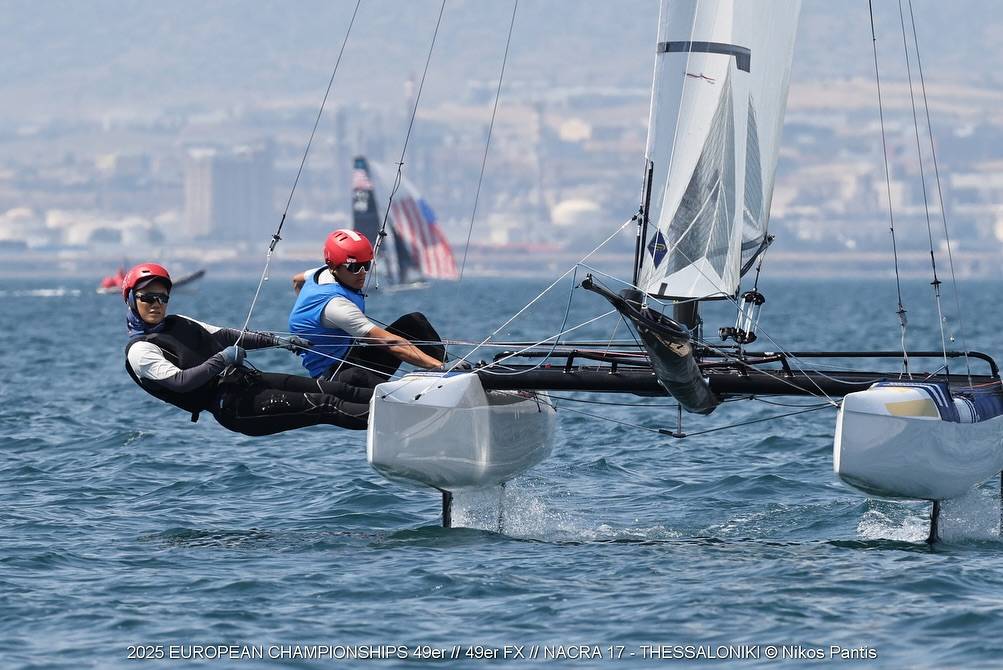
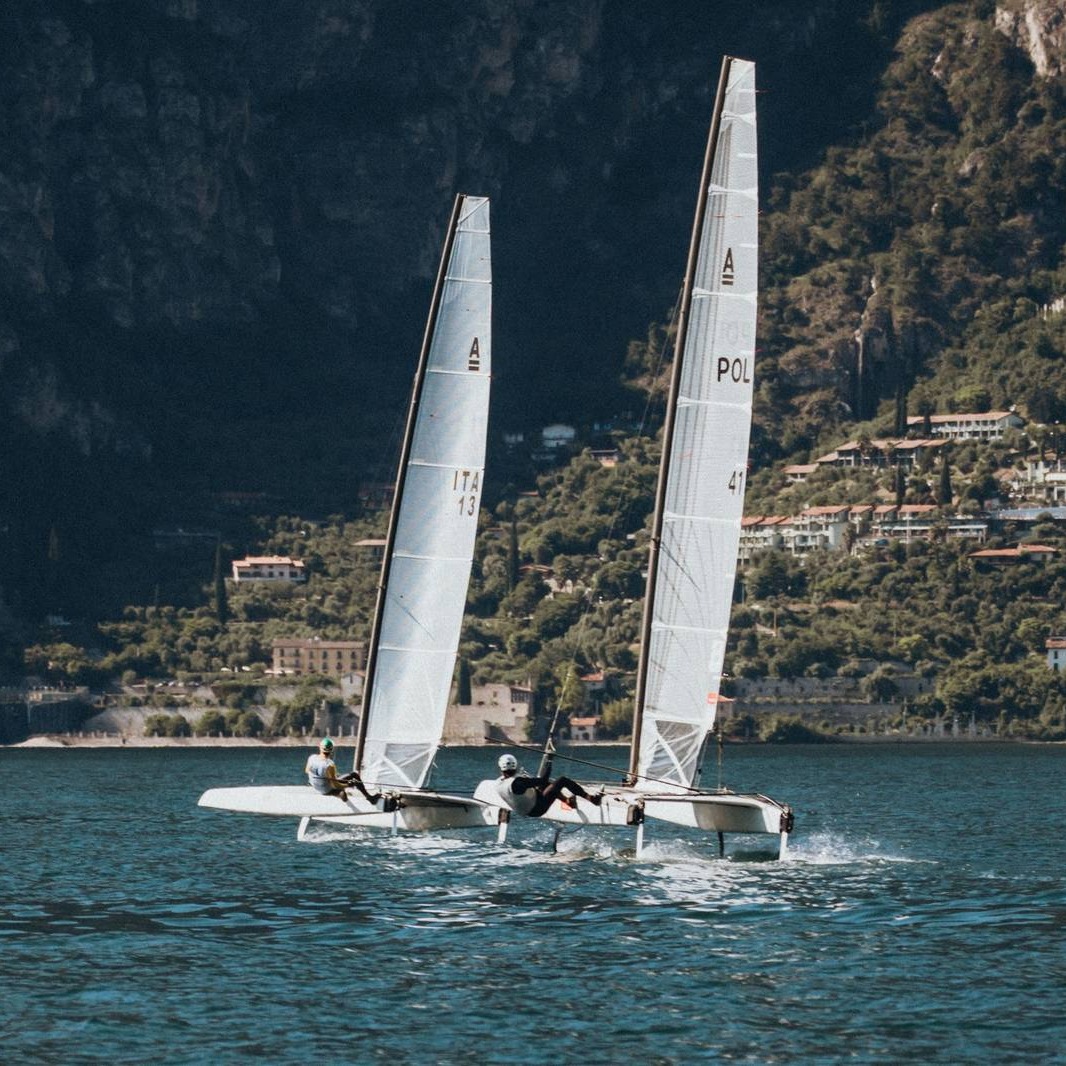
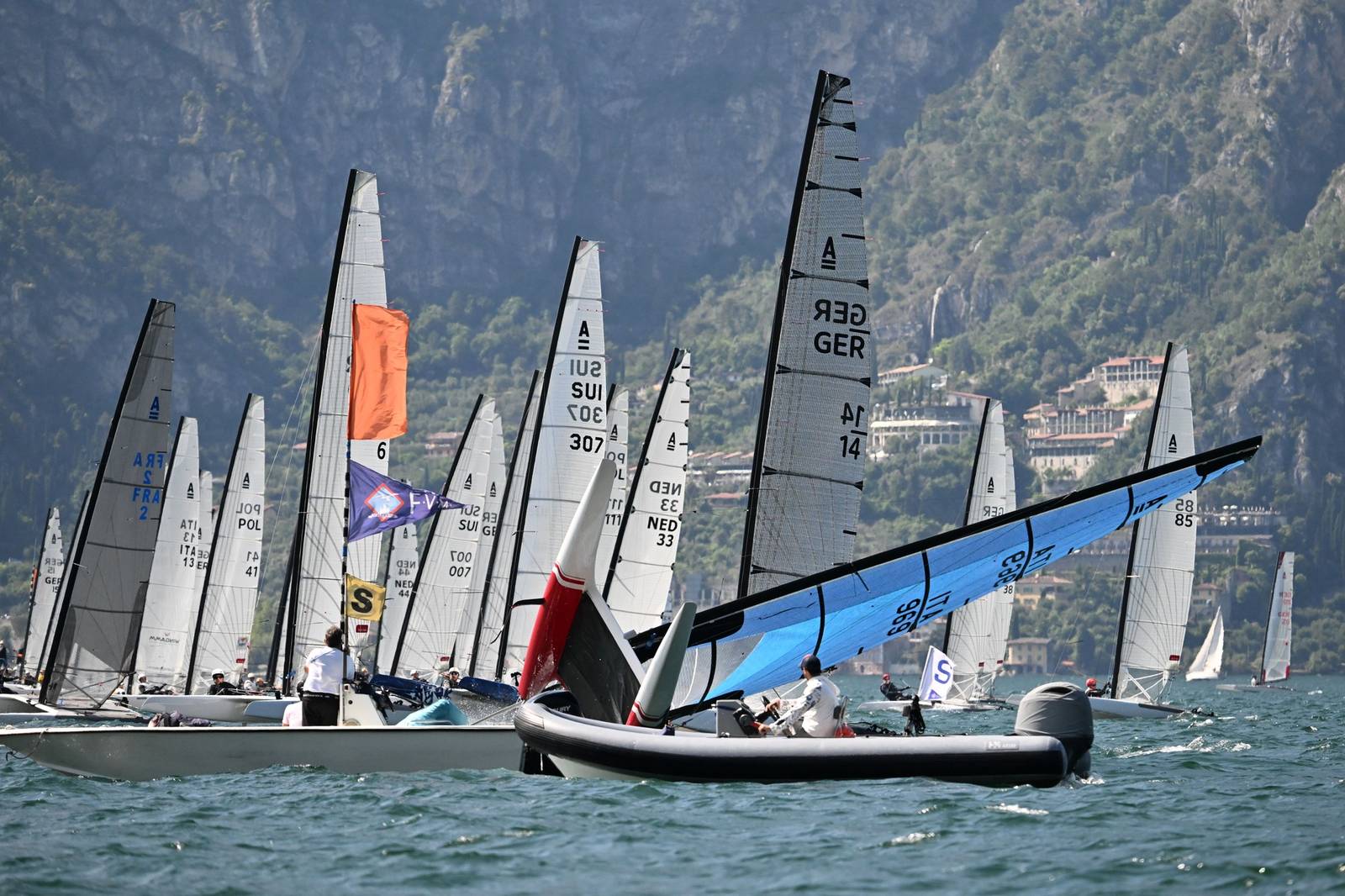



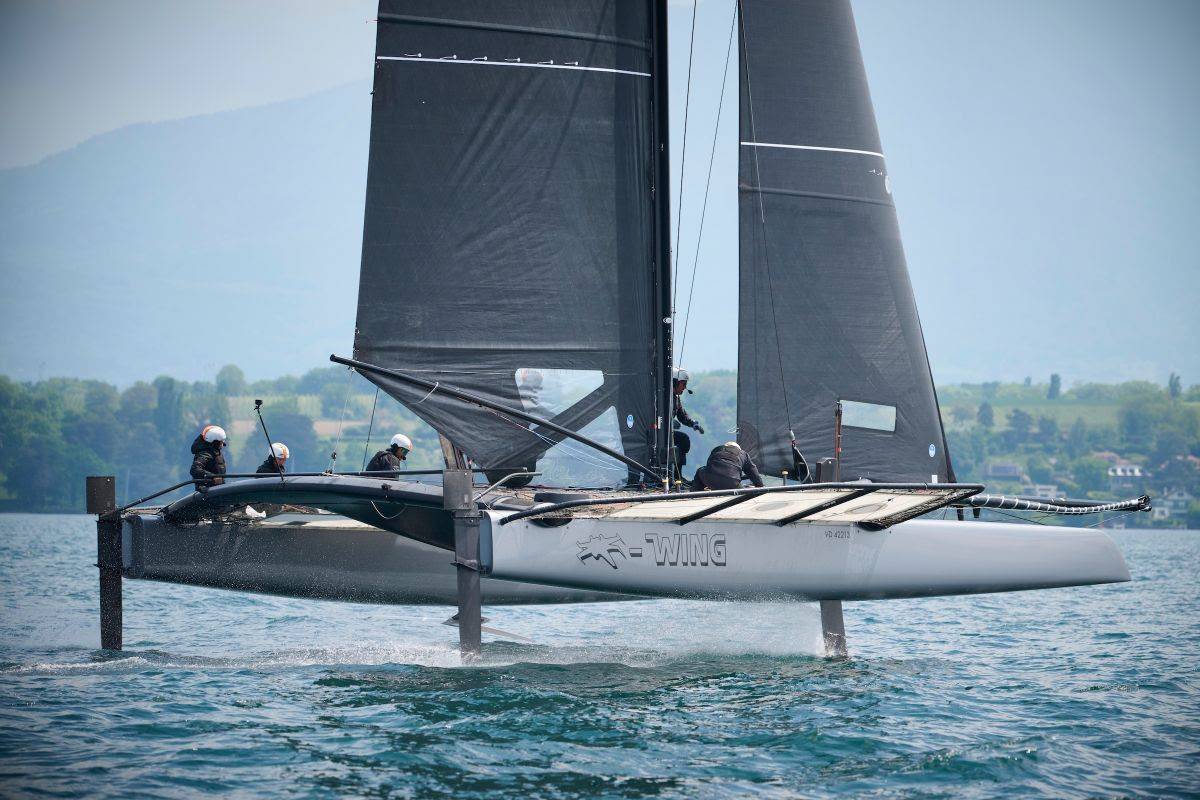
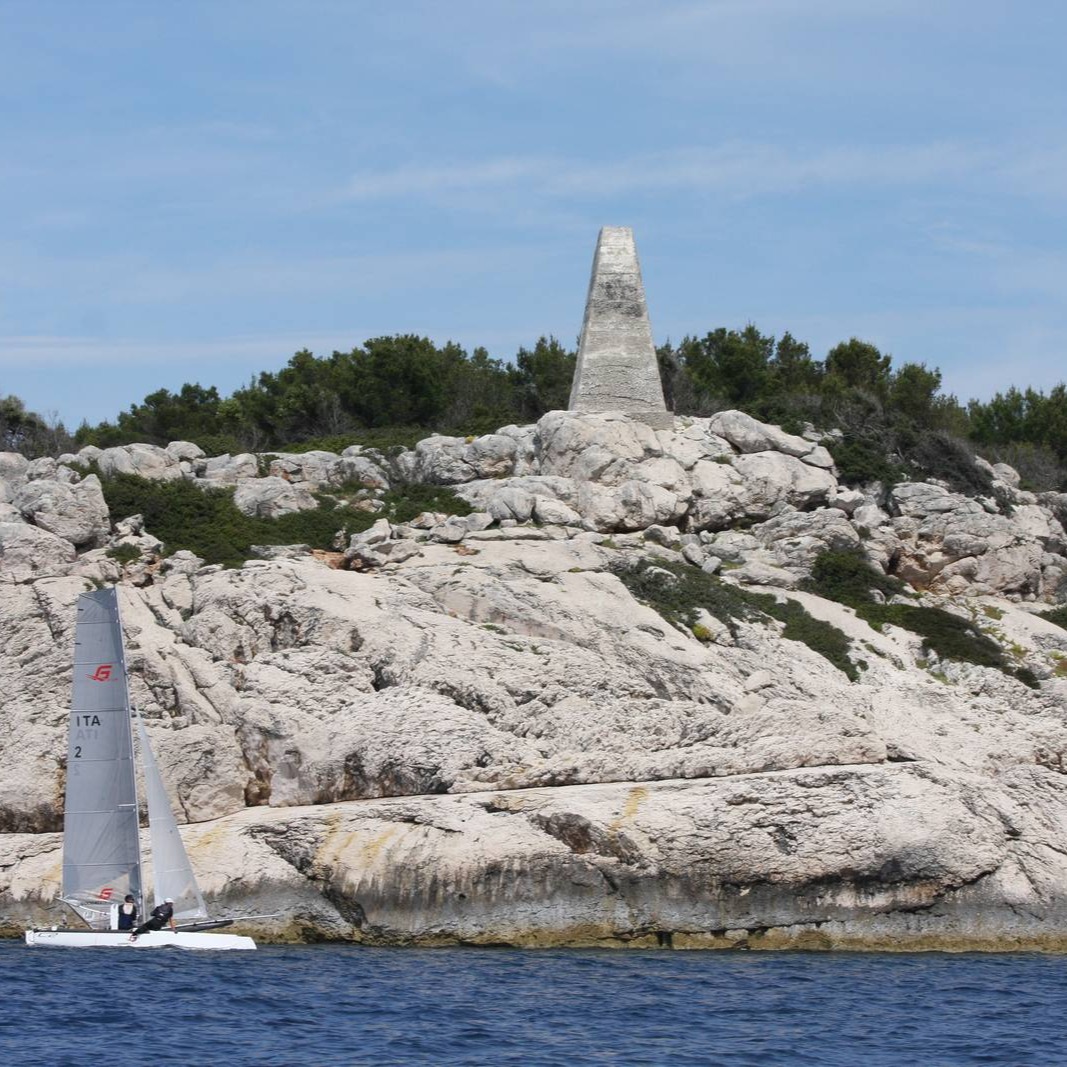
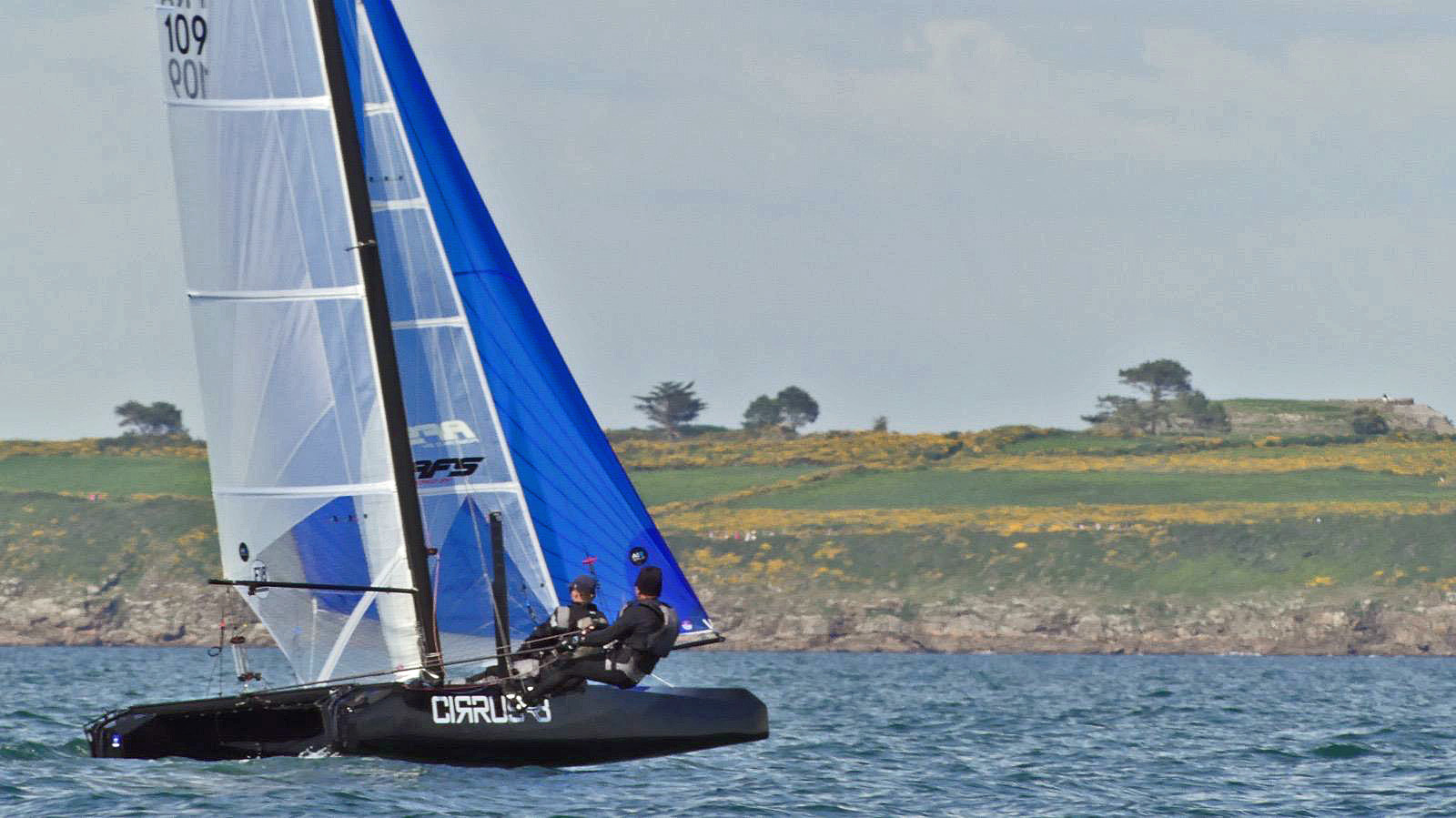
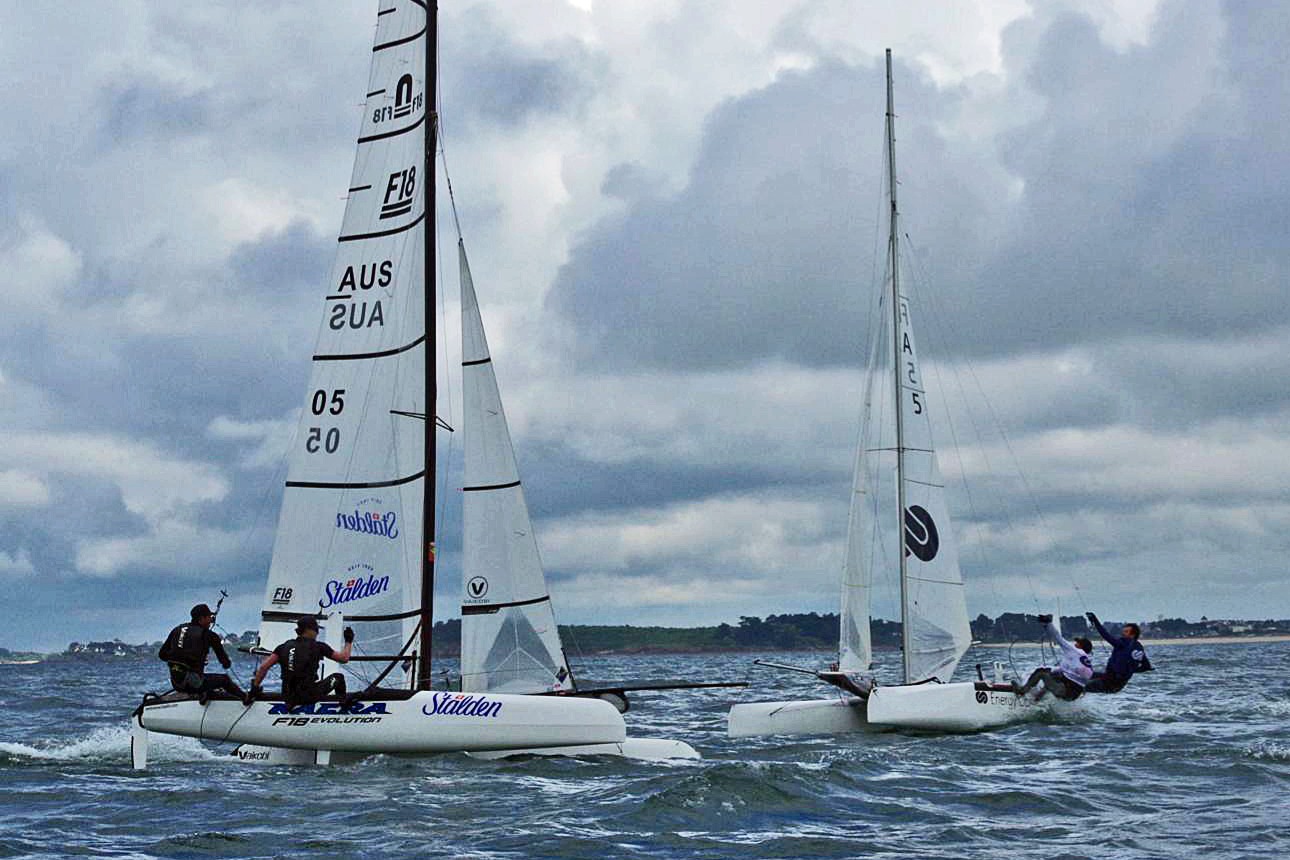
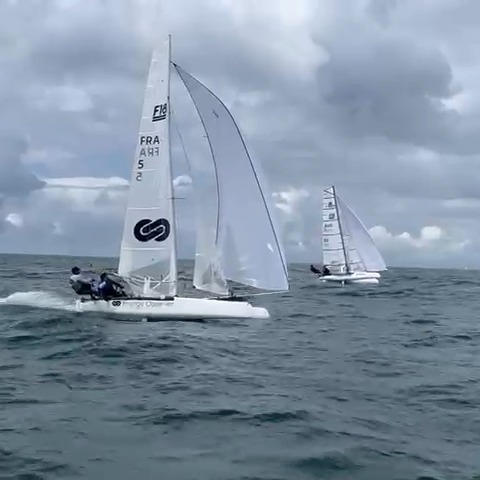


















I just heard that my great sailing friend and former CEO of Hobiecat Europe has passed. May The endless oceans…
...Report was sent by an F18 Sailor, if you want Hobies reported send your own, we'll publish as usual. Cheers.
Looks like in your report the Hobies are not really present. Suggest to rewrite the article.
Thanks for the great report Wik. Great battle.
If I correctly read the results the overall winner this year is a Hobie16